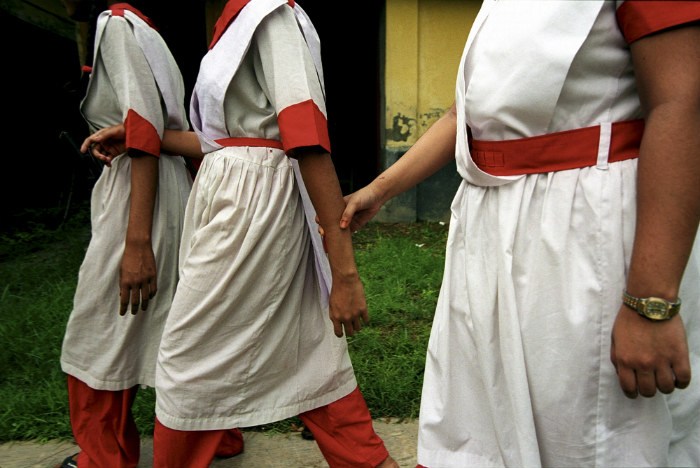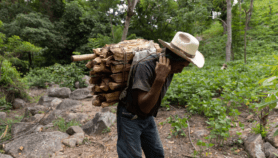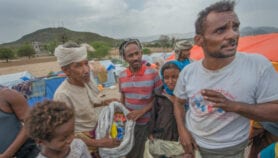By: Islay Mactaggart
Send to a friend
The details you provide on this page will not be used to send unsolicited email, and will not be sold to a 3rd party. See privacy policy.
Last Sunday marked the UN Day of the Girl Child, which this year focused on the ‘'power of the adolescent girl', with a call for governments and others to prioritise adolescent health and nutrition, including sexual reproductive health (SRH), and campaign for zero tolerance for violence.
To focus on sexual health recognises the emotional and psychological transition that takes place during adolescence — one that can greatly impact life choices and wellbeing, for girls in particular. According to a 2014 WHO paper, for example, adolescent girls globally face numerous additional sexual health risks, such as problems relating to early pregnancy, unsafe abortion, female genital mutilation and increased HIV transmission risk.
Adolescent girls with disabilities are even more vulnerable to violation of their rights. Studies suggest they are systematically excluded from sexual health education, peer learning and services. This heightens the risk of unwanted pregnancy and sexual infections. Adolescent girls with disabilities are also more likely to experience coerced or forced sterilisation, contraception or abortion and are up to three times more likely to experience sexual violence than their peers without disabilities. [1]
How can we ensure that adolescent girls with disabilities have full and meaningful access to SRH information and education, and awareness and fulfilments of their rights?
Islay Mactaggart
Article 25 of the UN Convention on the Rights of Persons with Disabilities specifically mentions the right to SRH for people with disabilities. Yet clear gaps in service provision for girls with disabilities remain, for several reasons. Social stigma (including misconceptions of asexuality), inaccessible healthcare buildings and information, and exclusion from education combine to restrict access to SRH information among adolescent girls with disabilities. [2]
A recent study in Kakuma refugee camp in northern Kenya identified much better knowledge of SRH among adolescent girls with disabilities who had previously gone to school than among those who had not. Communication and mobility barriers, social isolation and dismissal of, or lack of information about, their rights can all make adolescent girls with disabilities more vulnerable to sexual violence. [3] Last year, a study from Uganda found that disabled girls aged 11-14 were twice as likely to experience sexual violence at school as non-disabled girls.
So how can we ensure that adolescent girls with disabilities have full and meaningful access to SRH information and education, and awareness and fulfilments of their rights?
A systematic review on the effectiveness of different strategies to improve sexual and reproductive health — among adolescent boys and girls — concludes that those focused on creating community acceptance of the need for sexual health services are more effective than strategies geared around training health-workers. [4] Peer-to-peer learning, in particular, is strongly advocated by the UN agencies for population and children (UNFPA and UNICEF) as a method of increasing adolescent awareness of SRH.
But the systematic review did not identify a single SRH intervention that targeted adolescents with disabilities. To prevent further exclusion and lower the vulnerability of adolescent girls with disabilities to violation of their sexual health rights, they must be included in SRH strategies.Islay Mactaggart is a research fellow in disability and global health at the International Centre for Evidence in Disability, part of the London School of Hygiene & Tropical Medicine, United Kingdom. Before joining the centre in 2011, she worked for various disability and development organisations in Africa, Asia, the Caribbean and the Middle East. She can be contacted on [email protected] and is on Twitter @IslayMactaggart
References
[1] Carolyn Frohmader and Stephanie Ortoleva The sexual and reproductive rights of women and girls with disabilities (ICPD Beyond 2014: International Conference on Human Rights, 1 July 2013)
[2] Promoting sexual and reproductive health for persons with disabilities (World Health Organization, 2009)
[3] Out from the shadows: Sexual violence against children with disabilities (The Save the Children Fund, 2011)
[4] Donna M. Denno and others Effective strategies to provide adolescent sexual and reproductive health services and to increase demand and community support (Journal of Adolescent Health, January 2015)














